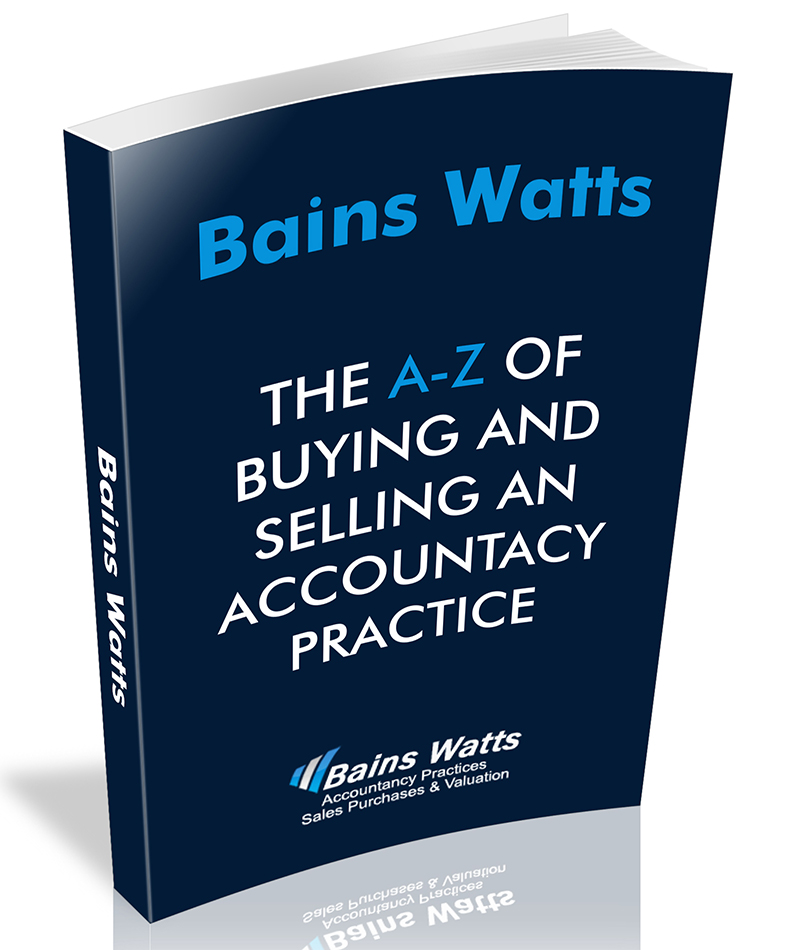Buying and selling an accountancy practice can be a complex and lengthy process, but there are several steps that can make the process smoother. Whether you are buying or selling a practice, it is important to have a clear understanding of the process and the associated risks.
For the seller, it is important to understand the value of the practice and what assets are included in the sale. This includes not only physical assets, but intangible assets such as goodwill, intellectual property, client relationships and employee contracts. It is also important to understand the liabilities associated with the practice, such as leases, loans, tax liabilities and potential legal issues.
For the buyer, it is important to know how much they are willing to pay for the practice and to understand the associated risks. It is also important to understand the financials of the practice and to make sure that the practice is properly valued.
Once the parties have agreed on a price, the next step is to create a formal purchase agreement. This agreement should clearly define the terms of the sale, including the purchase price, the assets included in the sale and the liabilities assumed. It is also important to include provisions for dispute resolution, a timeline for the sale and any other applicable legal considerations.
The sale process should also include due diligence on both the buyer and the seller. This includes examining financial records, verifying client relationships, assessing the value of the practice, and ensuring regulatory compliance. It is also important to assess the risks of the transaction and to verify the accuracy of the representations and warranties made by the buyer and seller.
Finally, the parties should consider the tax implications of the sale. It is important to understand the tax consequences of the sale and to ensure that any applicable taxes are paid.
Buying and selling an accountancy practice can be a complicated process, but with proper planning and preparation, the transaction can be successful for both the buyer and the seller. By understanding the process, the associated risks, and the applicable tax implications, both parties can ensure a smooth and successful transaction.


